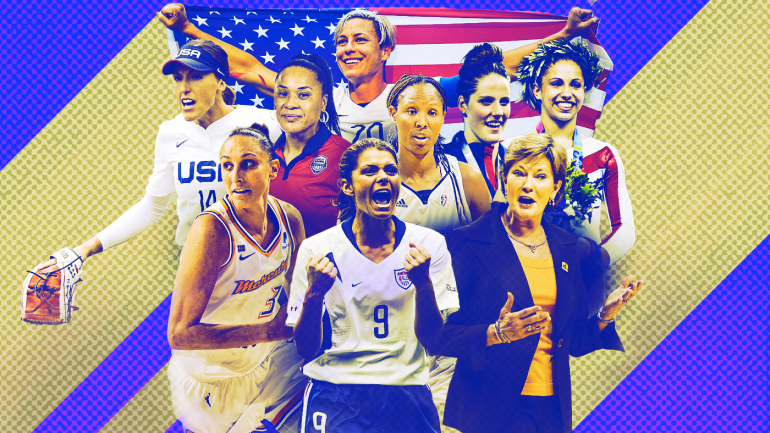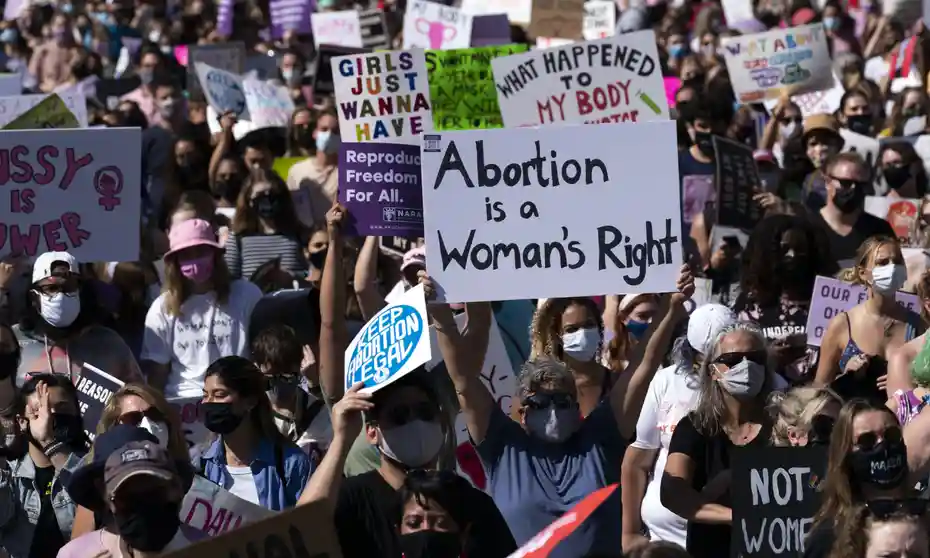By: Zachary Draves
“No person in the United States shall, on the basis of sex, be excluded from participation in, be denied the benefits of, or be subjected to discrimination under any educational program or activity receiving Federal financial assistance.”
Those thirty seven words were cemented into law fifty years ago on June 23, 1972. It sparked a social and cultural sea change in the worlds of education and sports. To many, Title IX is often associated with equal opportunity for women and girls to hit the playing field and while that was not the original intent it’s impact on sports is unmistakable.
Prior to 1972, there were women in sports who broke barriers and challenged conventional gender norms such as Babe Didrikson Zaharias, Althea Gibson, and Wilma Rudolph. The All American Girls Baseball League (AAGBL) was one of the first women’s professional sporting leagues during the 1940’s. Tennis and golf became a popular sport for women in the 1950’s. But for women and girls at the collegiate and high school level, opportunities were few and far between due to an absence of funding. At one point, college athletic budgets only allocated 1% of funds to women’s sports programs.
All of that changed with the advocacy of the women’s liberation movement in the 1960’s and 1970’s. Women were on the frontlines demanding equality in all facets of society from employment to health care to obtaining political office. While sports have always been an integral part of women’s liberation, it came to the forefront in the early 1970’s. In large part due to the persistence of tennis legend Billie Jean King.
She had found her place in feminism and her creation of the first women’s professional tour as well as her fight for equal prize money made her an icon. King testified in front of Congress in support of the passage of Title IX which had been introduced by Senator Birch Byah and Congresswoman Patsy Mink. With the stroke of a pen by President Richard Nixon, the floodgates opened.
According to the Women’s Sports Foundation, which King founded in 1974, girls have more than 3 million opportunities to play sports.
“It’s impossible to deny the impact of Title IX when it comes to the sheer numbers of athletic opportunities for girls and women in school as compared to the pre-1972 numbers,” said Jessica Luther, sports journalist and author of Loving Sports When They Don’t Love You Back: Dilemmas of the Modern Fan. “The ripple effect has led to the dominance of women on US Olympic teams and professional women’s sports leagues.”
Furthermore, women’s sports programs have seen increased budgets and benefits since the passage of the law. In addition, athletic departments are required to submit an annual report for the Equity in Athletics Data Analysis which documents participation, coaching staff, salaries, expenses, and revenues.
However, there are still inequities and issues that need to be addressed to this day. Women’s sports programs still experience lower budgets, fewer scholarships, and fewer teams. There is still a lack of adequate facilities and equipment which came to light last year during the NCAA tournament when it was revealed that women’s basketball were not receiving the same amenities as men’s basketball. There are also related existential issues such as gender based violence, racism, LGBTQ+ discrimination, and the assault on reproductive rights that have the potential to hamper athletic opportunities.
Some may think that Title IX has the power to rectify these wrongs but Luther says that there are limitations to the law in terms of institutional responsibility.
“Title IX is a reactive law — schools are only ever questioned about their compliance if they are reported to the Department of Education’s Office for Civil Rights. And then the punishment for non-compliance is singular and harsh — the pulling of all federal funding to the educational institution — that in the half-century that Title IX has been in effect, the federal government has never punished a school for non-compliance,” she said.
“Schools do worry about getting in trouble for non-compliance, receiving poor media coverage, or being sued in the courts, but it’s not hard to imagine how much more seriously it would be taken if there was a real possible financial hit for failing to meet the standards and spirit of Title IX. In short, it would be nice if, on the federal level, Title IX could get some kind of teeth to it and if compliance was more proactive.”
In other words, schools have to set the context and do the right thing from the very beginning along with the federal government strengthening the law to be more proactive.
There are other things that can be done that Title IX doesn’t have the power to enforce. Media needs to do a better job at covering women’s sports. At a time when ratings for events such as the WNBA Finals and NCAA Women’s Final Four are increasing, the audience is there to build around and help change attitudes.
There also needs to be an effort in society to educate not just women and girls about the value of sports participation, but we need to educate men and boys about the contributions of women and girls in sports. It should be common place for our sons to go to women’s sporting events or hang a poster of their favorite female athlete on their bedroom wall as they would for their favorite male athlete. Simple things like that can make a huge difference in bridging divides and bring about respect.
It is incumbent to celebrate this milestone by highlighting the achievements of women in sports who benefited from Title IX and worked to ensure that those who came after would do the same. But as it has been said many times that we have come so far but we still got so far to go.


 NFL
NFL





